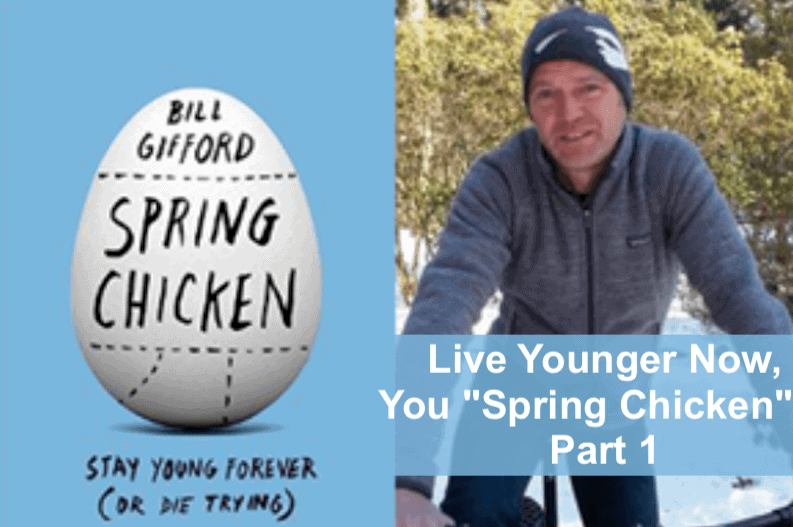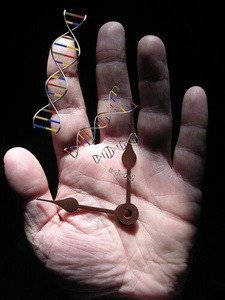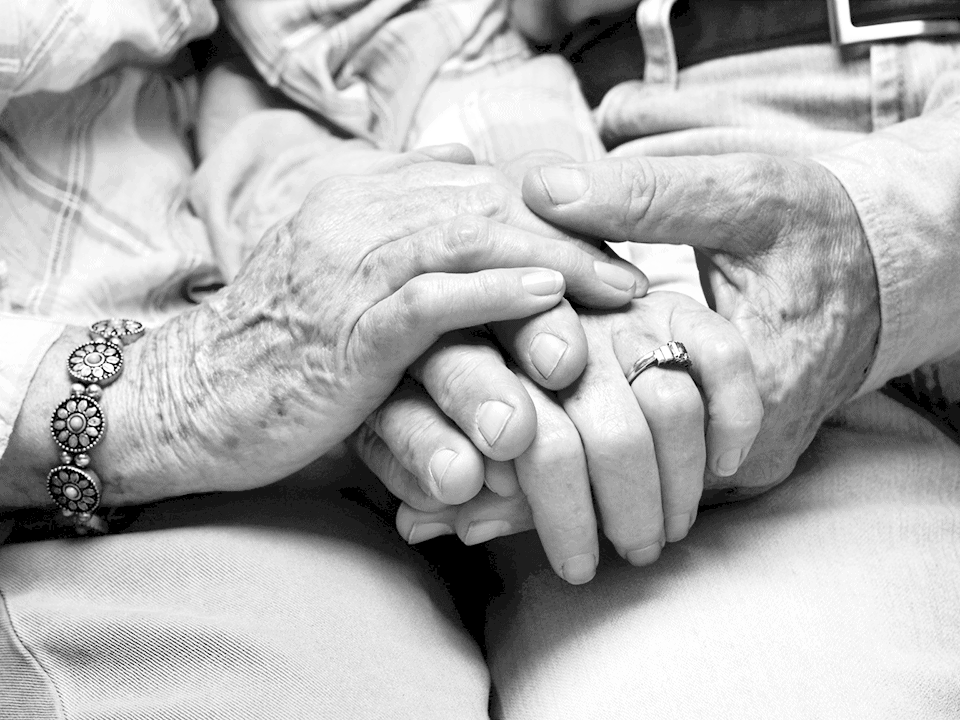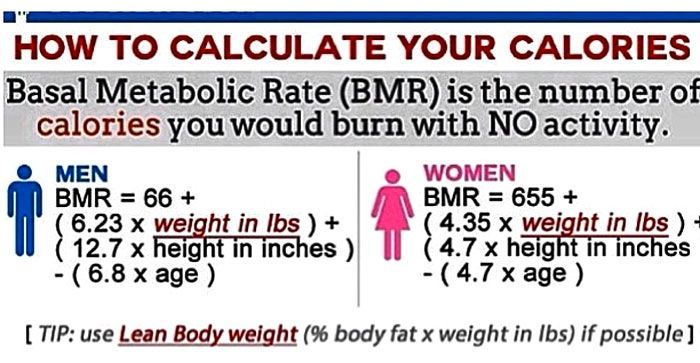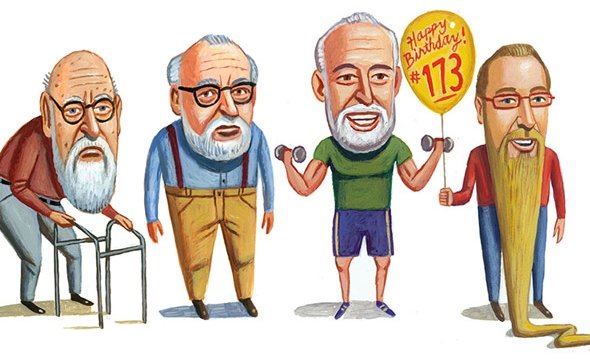Bill Gifford: Live Younger Now, You “Spring Chicken” — Part 1
Bill Gifford wrote a book about how to live younger now, and you should read it.
YES, BESIDES writing Spring Chicken, Stay Young Forever, Or Die Trying, Gifford is a contributing editor for Outside magazine and has written on science, sports, and fitness for many publications including Wired, Businessweek, Men’s Health, Men’s Journal, Slate, and The New Republic.
So, he’s accomplished. Great for him, but also great for you, because Spring Chicken can help you increase your healthspan, if not your lifespan. Gifford traveled the country and spoke to the people on the leading edge of defining what is aging and how to slow it down, way down, and get healthier in the process.
I’m going to summarize some things he’s written about, and sprinkle some of my own reckoning in here and there. Hopefully, you’ll be intrigued enough to go buy the book.
Here in Part 1 learn:
- You can overcome your genetic disposition.
- Why aging itself doesn’t kill you.
- Is it really a good idea to boost Human Growth Hormone and IGF-1?
- How aging is measured and why mobility (energy) is the key.
Let’s dig in and find out who you can live younger now…
Chapter 1: Brothers — Aging’s not just in your genes
Bill Gifford begins his opus telling stories about his father and his father’s brother. Same gene pool, very different health and longevity outcomes.
How come?
It came down to lifestyles, very different ones for the brothers. Gifford’s Dad did better, because he took good care of himself. Gifford’s Uncle threw caution to the wind and the wind blew him down hard and fast.
Like the Uncle, four out of five American sixty-five-year-olds are now on medication for one or more long-term ailments— for high cholesterol, blood pressure, diabetes, and other chronic health issues. Instead of succumbing to tuberculosis or polio or the plague, as in earlier generations, these “new old” will die of heart disease, cancer, diabetes, and Alzheimer’s, what Bill Gifford cleverly terms the “four horsemen of the geriatric apocalypse”.
The shame about this dolorous situation is that aging is far more malleable than you realize— that, in effect, it can be hacked, sorta speak, which is the focus of the book I’m writing now. You don’t have to endure the way your parents or grandparents aged. How well you grow old is at least partially under your control.
For instance, the two major diseases of aging— cardiovascular disease and diabetes— are largely avoidable, and even reversible in some cases. A third, the dreaded Alzheimer’s disease, may be up to 50% preventable. Many aspects of aging can be modified, even delayed, at the cellular level.
Science has discovered secret longevity-promoting pathways and mechanisms, embedded deep within our cells, that can help beat back or slow down some of the effects of aging — we need only to figure out how to unlock them. Some of these evolutionary pathways are so ancient that we share them with the lowest life-forms, such as microscopic worms and even yeast; others we are only beginning to identify, through the enormous power of genomic sequencing.
Scientists already know that certain genes are apparently inked to extreme longevity and good health, and hundreds more such genes are on the brink of being discovered. Some of them may even be able to be triggered, or mimicked, by drug compounds that are already in the research pipeline, such as Metformin and Rapamycin. The good news is that you don’t have to wait for human studies on drugs such as these to confirm there longevity effects, because major longevity-promoting mechanisms, hardwired into our biology, can be triggered right now.
Yes, as crazy as it may sound, a short jog, or skipping a meal or two can help to ignite cellular mechanisms that are hard-wired into our bodies. Remarkably, some knowledge and prevention may make the difference between “bodysurfing your way through the rest of your life, and spending it on the rocker on the porch”, says Gifford.
Chapter 2: The Age of Aging — We have time to age
Until recently, humans died young. All sorts of things killed us, from pandemics, to infections, to child birth. But now we actually get enough time to age.
“Aging is the leading cause of death in the world today,” writes famed long-bearded biomedical gerontologist and mathematician Aubrey de Grey in his book, Ending Aging, which is sufficiently obvious to provide you a chuckle, and yet “old age” itself has not been printed on a death certificate since 1952. What does get on death certificates are the chronic diseases that year by year grow increasingly deadly as we age.
One of the leading killers — cardiovascular disease, cancer, diabetes, Alzheimer’s, stroke —is waiting for you. Medical science may be able to save us from one, but then another pops up to strike the death blow.
“We saved people from cardiovascular disease, and then two years later they were dying of cancer or something else,” says Nir Barzilai, director of the Institute for Aging Research at Albert Einstein College of Medicine in the Bronx.
Yes, cancer is now the second-leading cause of death behind heart disease, and gaining fast— because people are surviving heart attacks and managing heart disease, and living long enough to get cancer instead. It’s like running a gauntlet, and at the end of it lurks the most feared disease of all, the cognitive decay we call Alzheimer’s, which affects nearly half of everyone who is lucky enough to make it past age eighty-five.
Chapter 3: The Fountain of Youthfulness — Live younger now with HGH and IGF-1?
HGH — Human Growth Hormone — is controversial, as it should be.
Many anti-aging clinics present the dramatic metamorphosis of Dr. Jeffry Life as an out sized testimonial of the fruits of their various hormone manipulations, but many scientists think that rather than bathe you in the Fountain of Youth, HGH therapies may actually accelerate the aging process, not retard it.
In his book, Bill Gifford cites the story of how HGH got hyped. It began with a single, small study published in 1990, he says, a study since disavowed.
In the study, a researcher at the Medical College of Wisconsin named Daniel Rudman gave HGH injections to a dozen patients over sixty with below-average levels of growth hormone for their age. After six months of thrice-weekly injections, plus a modest workout program, Rudman found that the men had gained more than ten pounds of “lean body mass” (aka muscle), while losing nearly eight pounds of their fat.
Author Dr. Ron Klatz gratefully dedicated Grow Young with HGH to Rudman— but Rudman was horrified by the way his work was misused. His tiny study was cited in so many ads by mail-order pharmacies and sketchy anti-aging clinics that in 2003, the New England Journal of Medicine took the unusual step of denouncing its own publication, in a strongly worded editorial:
“Although the findings of the study were biologically interesting, the duration of treatment was so short that side effects were unlikely to have emerged, and it was clear that the results were not sufficient to serve as a basis for treatment recommendations.”
This admonition fell on deaf ears, perhaps because, although it doesn’t appear to increase muscle strength, HGH can increase muscle mass and reduce body fat. But lifting weights and vigorous High Intensity Interval Training (like sprinting) — and sleep –does it all: Increases HGH naturally, increases lean muscle, reduces fat and makes you stronger.
When it comes HGH, the exercise route is the way to go to increase your body’s natural production of the stuff. Taking the growth hormone has been linked to a long list of side effects that include edema, joint pain (including carpal tunnel syndrome), and a much-increased risk for glucose intolerance and even diabetes in older patients, particularly men.
If that doesn’t get your attention, maybe this will:
Taking HGH might actually reduce your lifespan.
Like many medical discoveries, this one begins with mice. The longest-lived mice ever observed in a laboratory had no growth hormone receptors in their cells! It appears that growth hormone and longevity are actually inversely related.
Some strains of mice with no growth hormone have lived nearly twice as long as normal mice, or almost five years. They are much less likely to develop the diseases of old age, like cancer, which means they really are aging more slowly. Meanwhile, mice that have been bred to produce extra growth hormone tend to live only about half as long.
The IGF-1 Story
Know why small dogs tend to live longer than large dogs? Scientists think it mainly comes down to Insulin-like growth factor (IGF-1), which is a primary mediator of the effects of growth hormone. (Growth hormone is made in the anterior pituitary gland, is released into the blood stream, and then stimulates the liver to produce IGF-1 which then helps promote bone and tissue growth and development.)
Small dogs like Chihuahuas can live for fifteen years or more, while Great Danes rarely live longer than seven or eight. Turns out, IGF-1 is the “messenger” that tells our cells to grow and divide, working hand-in-hand growth hormone. The big dogs produce more IGF-1, while the small dogs have had it winnowed out of them, through hundreds of years of selective breeding.
Could that also explain why the smaller dogs, with less growth hormone and less IGF-1, almost always live longer than bigger dogs? And does the same hold true for humans?
Well, regarding humans, we know that those whose pituitaries produce excess HGH get big. Famed wrestler and The Princess Bride actor André “The Giant” was over seven feet tall and weighed more than 500 pounds. He suffered from a rare condition called acromegaly, which is caused by a benign tumor on the pituitary gland, causing it to produce too much growth hormone. André died at 46. Most people with acromegaly die young.
One reason may have to do with cancer. Excess growth hormone is known to stimulate the proliferation of cancer cells. Although we don’t know if taking HGH leads to a greater risk of getting cancer, there are several instances when cancer and heart disease seemed to be directly related to HGH therapies.
Perhaps Valter Longo, a professor of biology at USC and a leading researcher on aging, says it best:
Imagine you have a symphony written by Mozart. Taking growth hormone or a supplement or whatever is like someone going to the cello player and saying, ‘Can you just make it a lot louder?’ Chances are, it will screw things up.
Chapter 4: Yours Sincerely Wasting Away — Come on, Bill, it ain’t that bad
There’s a place called the Baltimore Longitudinal Study of Aging (BLSA) stocked full of medical types that study aging using real, live human beings. In fact, BLSA is the world’s longest running study of human aging. Bill Gifford went there to see how well, or not, he was aging.
According to one BLSA study, average VO2 max— the body’s ability to process oxygen while exercising— declines by:
- 10% during one’s forties,
- 15% in the fifties,
- 20%in the sixties and
- 30% in the seventies.
Most of the things they were measure decline as the people they test age, such as bone density, vision, hearing, strength, cardiovascular health and glucose tolerance. There is one notable exception, however — something that goes up, not down: Body-fat percentage.
One of BLSA’s most important finding was that levels of prostate-specific antigen (PSA), a marker for prostate cancer, don’t really matter. What matters is the rate of change in PSA. That alone has saved thousands of men from needless painful tests and surgeries.
BLSA data has been used to establish the connection between hand grip strength in middle age (see #2 here), the onset of disability in old age, the diagnostic criteria for diabetes, and the patterns of progression of cardiovascular disease and Alzheimer’s. But its big question remains largely unanswered: How do you measure aging? Is it possible to determine someone’s biological age, versus their chronological age?
It’s Energy That Matters
Geriatrician, physician and former head of BLSA, Dr. Luigi Ferrucci, believes the most important domain of aging has to do with energy: how we store it, and how we use it.
Think of our basal metabolic rate (how much energy one’s body consumes while at rest, an important measure of energy efficiency) as an idling car, like a car. The higher one’s rate of “idling,” the less energy is available for other needs, such as fighting infection or repairing tissue damage, says Gifford.
Dr. Ferrucci was obsessed with energy efficiency, which is why so many of BLSA’s tests measured physical performance, as the quarter-mile hallway walk, for example, the agonizing VO2 max test on the treadmill.
Strangely, one of the most important tests, and one of the earliest indicators of aging, is the balance test— standing on one foot for thirty seconds and so forth. According to Ferrucci, that fine sense of balance is one of the first things to go. It may not seem like a big deal, but there’s a ripple effect.
What ripple effect?
Dr Ferrucci see it like this: As our balance weakens, we compensate by widening our stance, so to speak, placing our feet farther apart so as to provide a more stable platform. This wider stance, in turn, makes walking and running much less efficient than our narrow, youthful stride. In part, this is why older people seem to shuffle along, even when they are trying to run. As a result, we waste energy, and slow down even more. This is why walking speed— and walking efficiency— are so important, Ferrucci thinks. They are a sign of, basically, how much gas we have left in the tank of that idling car.
Hence, the the quarter-mile walking test is considered on of the most important aging tests — the slower you walk, the less energy you have in the tank (and, probably, the poorer your sense of balance). The bottom line:
Mobility is the key to survival.
The Aging Trajectory
A large body of research shows that one’s aging trajectory is largely determined by how we are in middle age. Not only diabetes, but future cardiovascular health and even dementia can all be accurately predicted earlier in life.
One example is a four-decade study that followed thousands of Japanese American men in Hawaii and found that their late-life health was directly tied to certain key midlife risk factors. Those with lower blood pressure, LDL cholesterol, blood glucose, and body-mass index (BMI) in their forties and fifties had a much better chance of living to age eighty-five without any major health problems.
By contrast, another large study found that obesity, high cholesterol, and high blood pressure vastly increased the risk of developing dementia later in life. What’s interesting is that all of these markers are pretty malleable; they depend largely on behavior and choices. Which tells scientists that much of aging is variable, and thus possibly changeable.
“That’s a wonderful thing; it’s a window of opportunity,” says Dr. Ferrucci. “If everyone was on the same deterministic biological trajectory, there would be no hope that we could change it. But the incredible variability shows that the potential to age well is there for everyone. And a few people are showing us the way.”
Your Takeaway
You can begin to live younger now by:
Realizing that you can overwhelm your genetic predisposition for aging by endeavoring to improve the biomarkers signaling your chance of getting a life-ending disease, such as heath disease, diabetes (obesity), cancer and Alzheimer’s.
Three things you can begin now to do this:
- Get mobile — walk, run, bike regularly.
- Practice balance.
- Keep your hand grip — and the rest of your body — strong.
- Eat intermittently, such as a feeding window of 8 to 10 hours a day only.
There’s plenty of more to come when I review the rest of Bill Gifford’s book in Part 2. Until then, check out:
Predict Your Lifespan By These 12 Tests.
Last Updated on September 29, 2022 by Joe Garma

